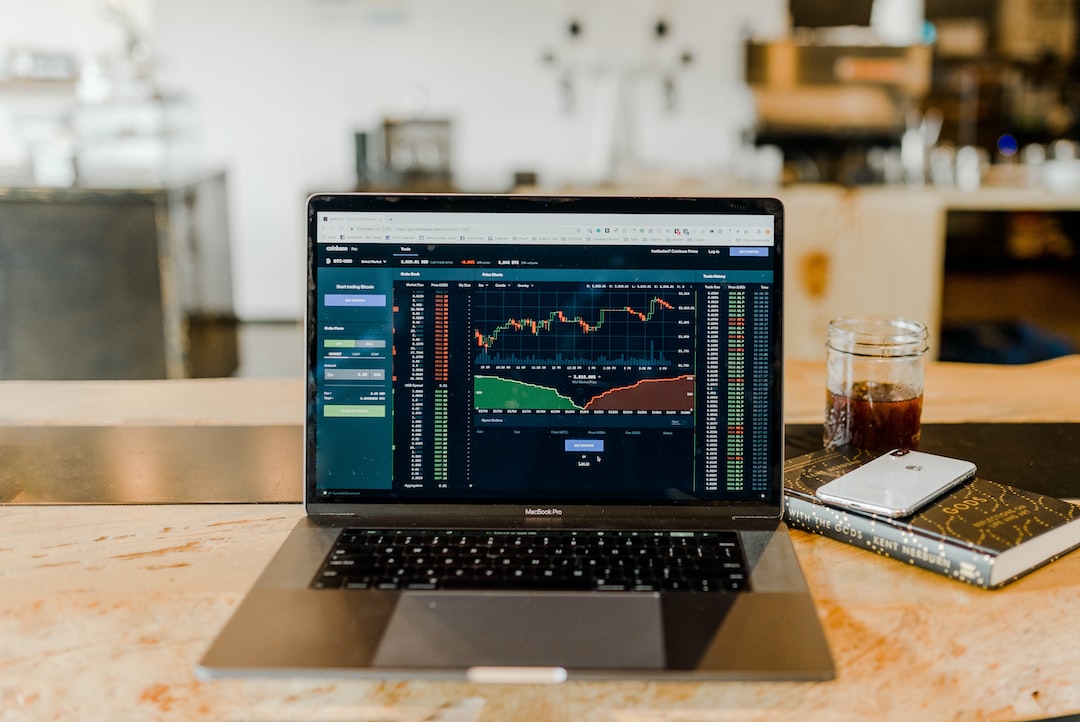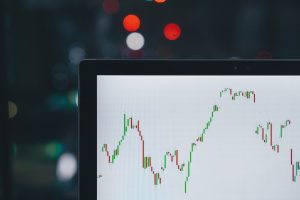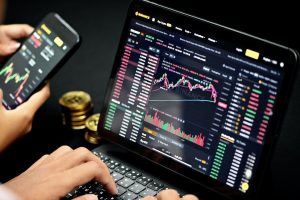The foreign exchange market, or forex, is the largest financial market in the world with an estimated $6.6 trillion in daily trading volume. With this much money on the line, it’s no surprise that traders and investors are constantly looking for ways to predict the forex market.
Predicting the forex market is not an exact science, but there are various methods and tools traders use to gain an edge. In this article, we’ll discuss some of the most popular ways to predict forex prices.
Fundamental Analysis
The first method of predicting the forex market is fundamental analysis. This involves analyzing economic and geopolitical events that can affect the value of a currency. For example, if a country’s economic data shows strong growth, its currency may appreciate in value. Similarly, if there is political instability or uncertainty, the currency may depreciate.
Traders who use fundamental analysis will often look at a country’s GDP, interest rates, inflation, trade balance, and other economic indicators. They will also monitor news events such as central bank announcements, elections, and geopolitical tensions.
Technical Analysis
Another popular method of predicting the forex market is technical analysis. This involves using charts and technical indicators to identify patterns and trends in price movements. Traders who use technical analysis believe that past price movements can provide clues about future price movements.
Some of the most commonly used technical indicators include moving averages, Bollinger Bands, and Relative Strength Index (RSI). Traders will also look at chart patterns such as trend lines, support and resistance levels, and chart formations.
Sentiment Analysis
Sentiment analysis is another method of predicting the forex market. This involves analyzing the overall sentiment or mood of traders towards a particular currency. Traders who use sentiment analysis believe that market sentiment can affect price movements.
One way to gauge sentiment is to look at the Commitment of Traders (COT) report. This report shows the positions of large traders such as hedge funds and institutional investors. If there is a large number of long positions in a particular currency, it may indicate bullish sentiment. Conversely, if there is a large number of short positions, it may indicate bearish sentiment.
Quantitative Analysis
Quantitative analysis is a more complex method of predicting the forex market. This involves using mathematical models and algorithms to analyze data and predict future price movements. Quantitative analysis is often used by institutional investors and hedge funds.
One popular quantitative method is algorithmic trading. This involves using computer programs to analyze data and make trading decisions. These programs can analyze vast amounts of data and make trades in a matter of milliseconds.
Machine Learning and Artificial Intelligence
Finally, machine learning and artificial intelligence (AI) are becoming increasingly popular methods of predicting the forex market. These technologies use algorithms to analyze data and learn from past trades. They can identify patterns and trends that may not be apparent to human traders.
Machine learning and AI can also adapt to changing market conditions and adjust trading strategies accordingly. This makes them particularly useful in volatile markets.
Conclusion
Predicting the forex market is a complex process that requires a deep understanding of economics, politics, and market psychology. Traders and investors use a variety of methods and tools to gain an edge, including fundamental analysis, technical analysis, sentiment analysis, quantitative analysis, and machine learning.
While no method can predict the forex market with 100% accuracy, traders who use a combination of these methods and stay up-to-date with the latest news and developments can improve their chances of success.





